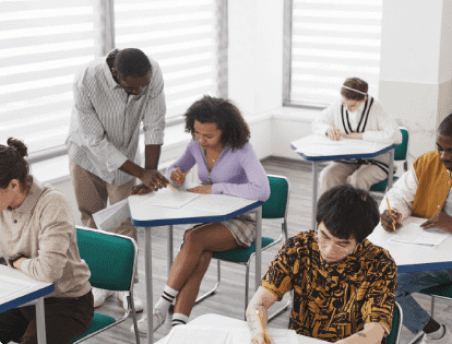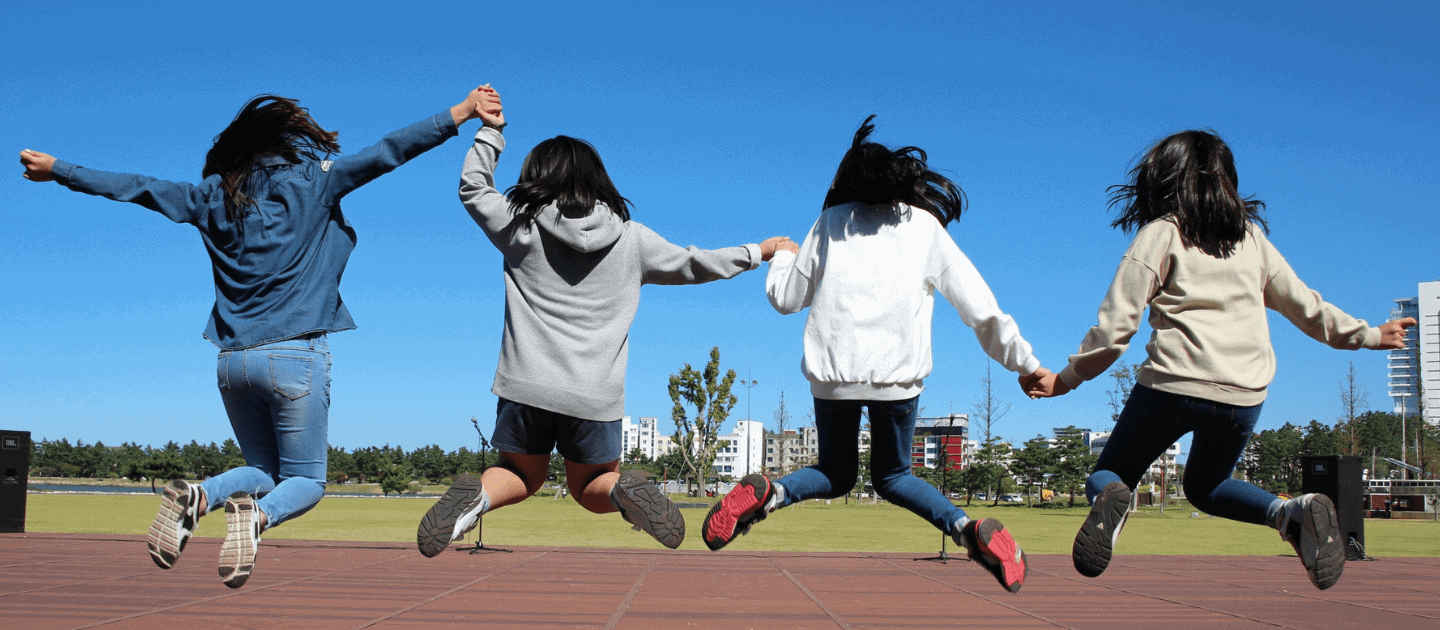
Observation Studies in Special Education
When students determine their own goals and design their own rubrics for measuring outcomes, goal attainment is dependent on whether the student’s rating or the teacher’s rating is utilized as the outcome measure.
01 Sep 2022

